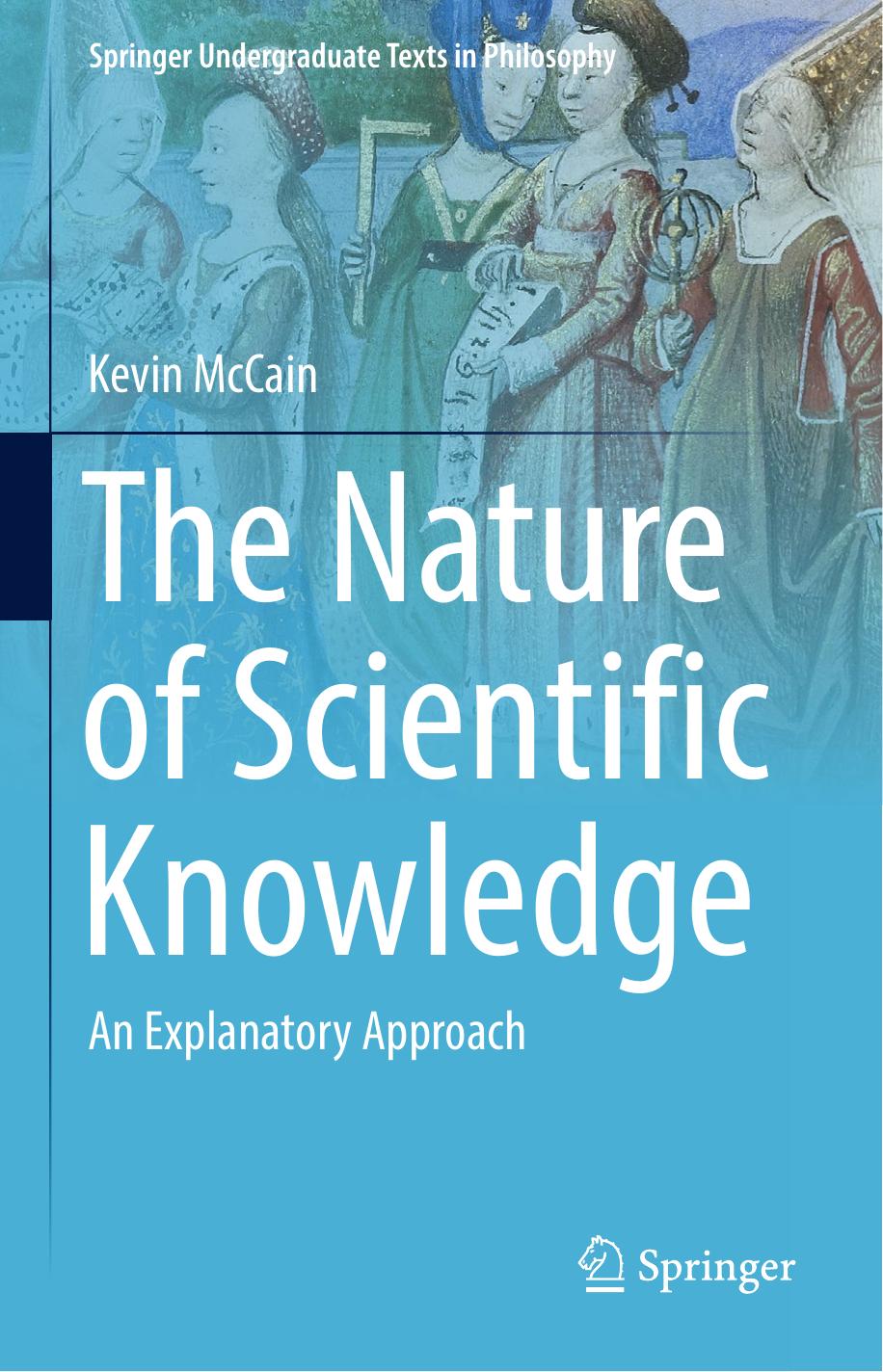The Nature of Scientific Knowledge by Kevin McCain

Author:Kevin McCain
Language: eng
Format: epub, pdf
Publisher: Springer International Publishing, Cham
9.1.1 Hempel’s Theories of Explanation
In his vastly influential work on the nature of explanation, Carl Hempel proposes two theories of explanation, the D-N Model and the Inductive-Statistical (I-S) Model , though the D-N Model is the most widely discussed of the two (perhaps because Hempel considered the explanations it offered far superior to those of the I-S Model).11 These two models share some features. First, both adhere to the majority view that explanations are sets of propositions. Second, both construe explanations in the form of an argument where a set of propositions (the explanans) provide support for a proposition that describes the phenomenon to be explained (the explanandum). Third, both require that the explanans include at least one proposition which describes a general law of nature as well as propositions that accurately describe the empirical conditions relevant to the phenomenon’s occurrence (empirical conditions which fall under the domain of the law(s) given in the explanans).
Although the D-N Model and the I-S Model are similar in ways, they are importantly different. The general laws in a D-N explanation must be deterministic whereas those in the I-S Model are statistical (it is because some of our fundamental laws seem to be indeterministic that the I-S Model was proposed in the first place). Since the D-N Model involves general deterministic laws and conditions satisfying the conditions of those laws, the explanandum is shown to follow deductively from the explanans in this sort of explanation. In other words, a successful D-N Model explanation is a logically valid argument (an argument where the truth of the premises guarantees the truth of the conclusion) where true explanans guarantee that the phenomenon described in the explanandum had to occur. For example, a D-N explanation of the position of Mars at some particular time, t, would include “Newton’s laws of motion, the Newtonian inverse square law governing gravity, and information about the mass of the sun, the mass of Mars and the present position and velocity of each” in the explanans (Woodward 2014). These explanans (assuming that they are all true) would deductively entail that Mars has the particular position it does at t.
Successful I-S Model explanations are different. Since these explanations involve statistical (indeterministic) laws, the explanandum is not shown to deductively follow from the explanans in this sort of explanation. Instead, a successful I-S explanation shows that the explanans confer a high probability on the explanandum. For instance, if it is a statistical law that it is highly probable someone with disease X will recover after taking a particular drug, and Blake has taken the drug, then this information can be used (along with the law) to provide an I-S explanation of Blake’s recovery from X (Woodward 2014).
There is much more that can be said about both of Hempel’s theories of explanation including specific details about the I-S Model, which is very complex.12 Nevertheless, we have a sufficient grasp of these theories for our purposes. Let us turn our attention to some of the objections to Hempel’s theories.
Download
The Nature of Scientific Knowledge by Kevin McCain.pdf
This site does not store any files on its server. We only index and link to content provided by other sites. Please contact the content providers to delete copyright contents if any and email us, we'll remove relevant links or contents immediately.
Enlightenment Now: The Case for Reason, Science, Humanism, and Progress by Steven Pinker(7228)
A Journey Through Charms and Defence Against the Dark Arts (Harry Potter: A Journey Through…) by Pottermore Publishing(4780)
The Immortal Life of Henrietta Lacks by Rebecca Skloot(4525)
A Journey Through Divination and Astronomy by Publishing Pottermore(4344)
Elon Musk by Ashlee Vance(4027)
Origin Story: A Big History of Everything by David Christian(3648)
COSMOS by Carl Sagan(3554)
Alchemy and Alchemists by C. J. S. Thompson(3448)
Bad Pharma by Ben Goldacre(3354)
Enlightenment Now by Steven Pinker(3335)
Shadow of Night by Deborah Harkness(3298)
Inferior by Angela Saini(3276)
A Mind For Numbers: How to Excel at Math and Science (Even If You Flunked Algebra) by Barbara Oakley(3217)
Origin Story by David Christian(3147)
The Code Book by Simon Singh(3074)
Signature in the Cell: DNA and the Evidence for Intelligent Design by Stephen C. Meyer(3071)
The Elements by Theodore Gray(2997)
A Brief History of Time by Stephen Hawking(2960)
A Journey Through Potions and Herbology (A Journey Through…) by Pottermore Publishing(2826)
